- Winemakers On Fire
- Posts
- Winemakers On Fire, Issue #116
Winemakers On Fire, Issue #116
Two extraordinary collaborations reveal why genuine connections create an unshakeable market position.

Greetings from Cape Town, South Africa!
Perfect positioning beats perfect predictions every time. This week, we explore two extraordinary wine labels that prove authenticity trumps artifice in today's market. From The Killers' drummer finding his rhythm in biodynamic farming cycles to a Bulgarian winemaker whose personal signature becomes a seal of quality, these stories reveal how genuine connections create an unshakeable market position.
One label invites conversation through visual storytelling, the other whispers luxury through premium materials. Both demonstrate positioning in action, showing how today's most successful wines position themselves not by chasing trends, but by staying authentically true to their makers' vision.
Here’s where it gets interesting.
When Wine Labels Become Conversation Starters: The Art of Perfect Positioning
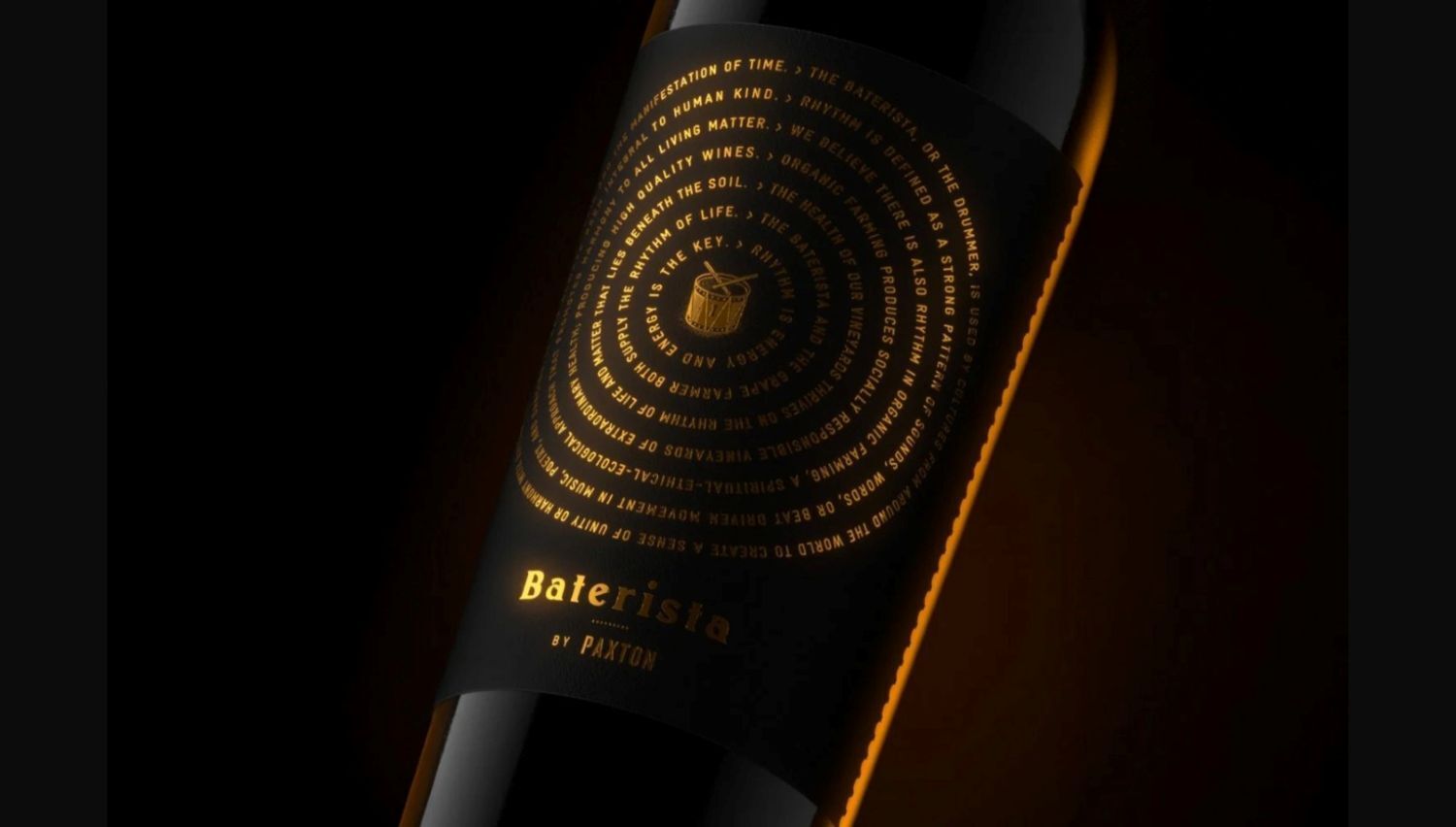
The most successful wineries aren't predicting the future—they're positioning themselves within it. Two extraordinary wine labels recently crossed my desk, each telling a story that cuts through market noise with surgical precision. One features a rock star drummer who found his rhythm in biodynamic farming cycles. The other transforms premium materials into silent ambassadors of quality. Both demonstrate something profound about modern wine positioning: authenticity isn't just preferred, it's essential for survival.
The Unlikely Marriage of Beats and Biodynamics
When Ronnie Vannucci Jr., drummer for The Killers, met the Paxton Wines team, something clicked that had nothing to do with celebrity endorsements or marketing stunts. Their collaboration, Baterista (Spanish for 'drummer'), emerged from a genuine fascination with rhythm—not just in music, but in the natural cycles that govern biodynamic farming.
This partnership challenges everything we think we know about wine collaborations. Instead of slapping a famous name on a bottle, Paxton and Vannucci discovered shared philosophy in unexpected places. The constructed rhythm of drumming mirrors the natural cycles of organic farming. Both require patience, timing, and respect for natural processes that can't be rushed or manufactured.
The resulting wine—an extremely small-batch Shiraz from 50-year-old vines in McLaren Vale—embodies this philosophy. Wild fermented and selected from just a few standout barrels, it represents the intersection of musical and viticultural craftsmanship.
Design as Storytelling: When Less Becomes More
Byerlee Design's approach to the Baterista label reveals a sophisticated understanding of modern wine positioning. The typographic design builds around a central drum and keyhole, creating visual metaphors that reward closer inspection. Circular rings of text ripple outward like soundwaves, growth rings, and the pulse of the vineyard itself.
But here's where the design transcends mere aesthetics—it invites interaction. The concept asks drinkers to slow down, explore the story, and connect with meaning beyond the liquid. This transforms consumption into conversation, turning a premium Shiraz into both experience and dialogue starter.
The rear label's single key symbol, positioned between David Paxton's and Ronnie's signatures, reinforces their central philosophy: "rhythm is energy, and energy is the key." It's positioning that doesn't just differentiate—it educates and engages.
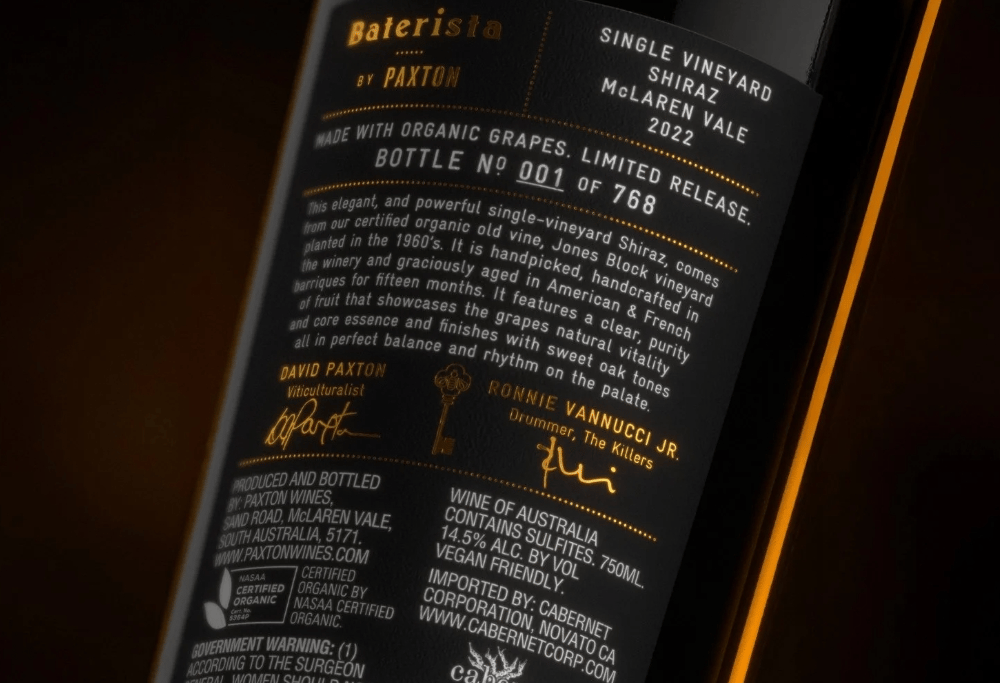
The Quiet Confidence of Material Mastery
While Baterista makes its statement through story, Jordan Jelev's Zitara Crémant label demonstrates how materials can speak louder than graphics. This approach to positioning relies on what I call "whispered luxury"—sophistication that reveals itself gradually rather than shouting for attention.
The horizontally oriented oval label, printed on Jade Raster paper with its fine microtexture and gentle opalescent effect, creates immediate tactile appeal. The subtle white decorative frame, stamped with deep debossing, only reveals its full character when light catches it—a metaphor for the wine itself.
Most intriguing is the separate seal label positioned high on the bottle's shoulder. Using metallic foil and resin technology to mimic traditional wax seals, it carries Peter Iliev's personal signature as the winemaker behind Four Friends. This isn't branding—it's accountability made visible.
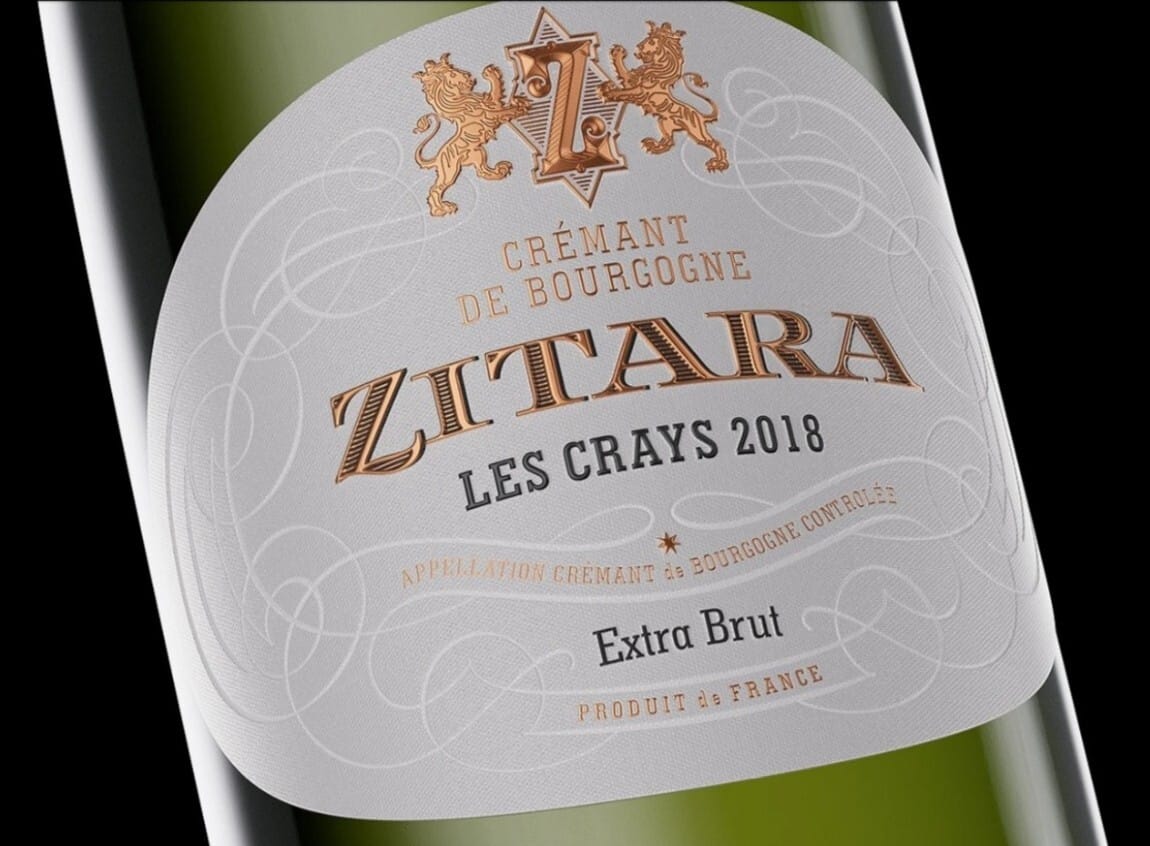
Environmental Responsibility as Competitive Advantage
Both labels demonstrate how sustainability becomes a positioning strength rather than a marketing afterthought. Zitara intentionally eliminates the capsule, reducing environmental impact while achieving visual simplicity. This choice reflects a deeper understanding: today's consumers, particularly Generation Z and Millennials, increasingly value environmental consciousness.
The decision shows how constraints breed creativity. By removing elements, Jelev focused attention on what remained—premium materials and masterful finishing techniques that communicate quality through touch and sight rather than excess.
Positioning in Action
These labels embody perfect positioning because they demonstrate how all elements work in harmony. Baterista showcases exceptional fruit from 50-year-old biodynamic vines while creating an authentic experience that connects music and winemaking. The storytelling transcends typical wine marketing to explore universal themes of rhythm and timing, all of which emerge from genuine collaboration between the artist and winemaker.
Zitara achieves similar integration through different means. The premium materials reflect a commitment to quality fruit and meticulous winemaking. The tactile label experience creates authenticity through craftsmanship. Every design choice tells the story of heritage meeting innovation, while Peter Iliev's personal signature represents a direct relationship between maker and consumer.
Beyond Celebrity: Authenticity as Differentiator
What makes Baterista remarkable isn't Vannucci's fame—it's the authentic connection between musical and viticultural rhythm. This positions the wine beyond typical celebrity collaborations into something more meaningful: shared artistic vision made tangible.
In South Africa's wine industry, where authenticity battles against historical perceptions, this approach offers valuable lessons. Our most successful producers aren't trying to be French or Australian—they're exploring what it means to be authentically South African while speaking to global audiences.
The Signature Move: Personal Accountability
Zitara's seal label, carrying Peter Iliev's signature, represents something profound about modern wine positioning. In an era of corporate consolidation and anonymous production, personal accountability becomes a competitive advantage. The signature says: "I made this and I stand behind it."
This approach resonates particularly in markets where trust must be earned. South African wines have fought perception battles for decades. Personal signatures, whether literal or metaphorical, create direct connections that transcend geographic or historical prejudices.
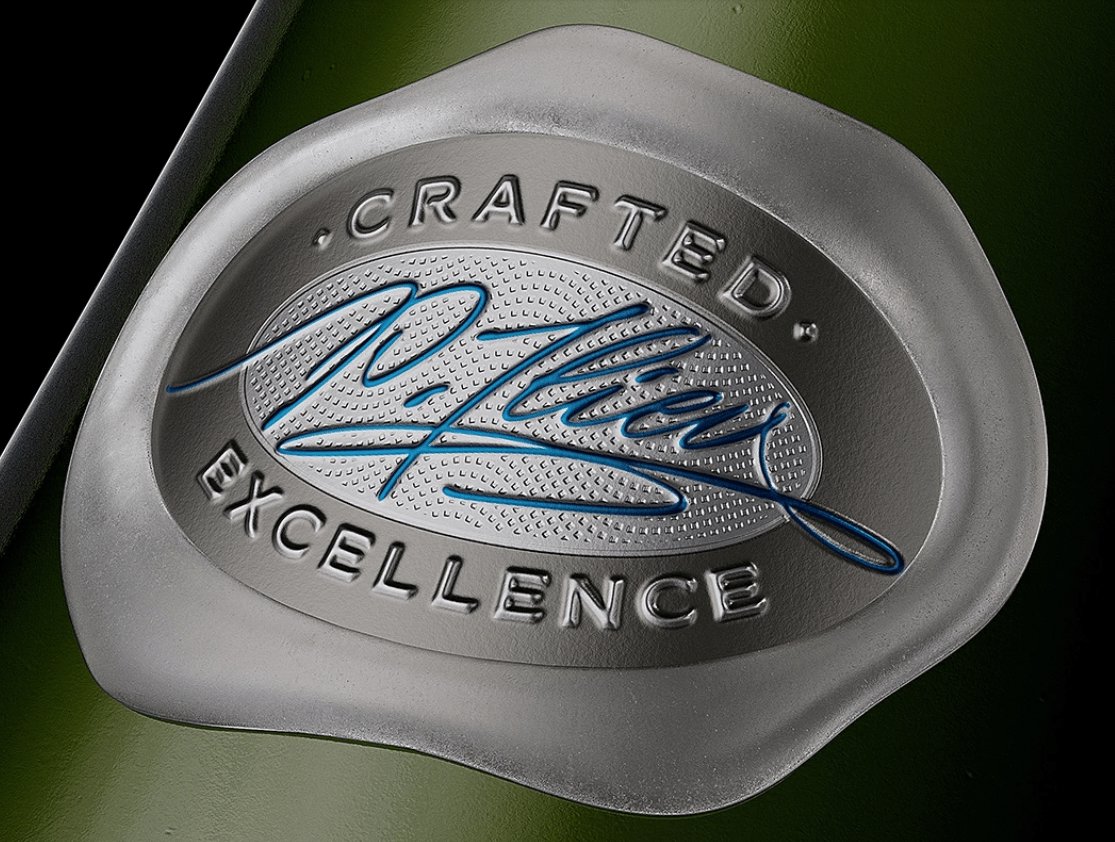
The Future of Wine Positioning
Both labels point toward wine's positioning for the future: authenticity over artifice, experience over product, relationship over transaction. They succeed because they position themselves not as wines trying to be something else, but as unique expressions of their makers' vision.
This matters because wine consumers increasingly seek meaning alongside quality. They want stories worth telling, experiences worth sharing, relationships worth maintaining. Both Baterista and Zitara deliver these intangibles alongside exceptional liquid quality.
Lessons for the Cellar Door
For winemakers seeking inspiration for their positioning, these labels offer clear guidance. First, find authentic connections—forced partnerships reveal themselves quickly. Second, let materials and design serve the story rather than dominate it. Third, make sustainability an advantage rather than an afterthought. Fourth, embrace personal accountability as differentiation.
Most importantly, perfect positioning isn't about predicting the future—it's about creating space within it for authentic expression to flourish. Both Baterista and Zitara achieve this by staying true to their makers' vision while speaking universal languages of quality, craftsmanship, and genuine human connection.
In a world overflowing with wine choices, these labels remind us that the most powerful positioning comes not from trying to be everything to everyone, but from being authentically something to someone. That's the rhythm worth following.
How many inspiring wine stories do you need to read before you write your own? There are two distinctive ways my wine futurist approach can elevate your business.
STRATEGIC POWER HOUR: The Most Valuable 60 Minutes in Your Wine Business
One focused hour. Transformative results. No overwhelming plans or endless meetings—just laser-focused strategy that turns your biggest challenges into breakthrough moments. Like the perfect blend, it's about precision, not volume. Learn more about Strategic Power Hour →
CONTENT WITH CHARACTER: Stories That Resonate Like Your Finest Vintage
Your brand deserves content with real depth and distinctive terroir. I craft narratives that capture your unique essence—approachable yet sophisticated, rooted in tradition yet refreshingly original. Content that doesn't just tell your story but makes people want to be part of it. Discover Content Creation →
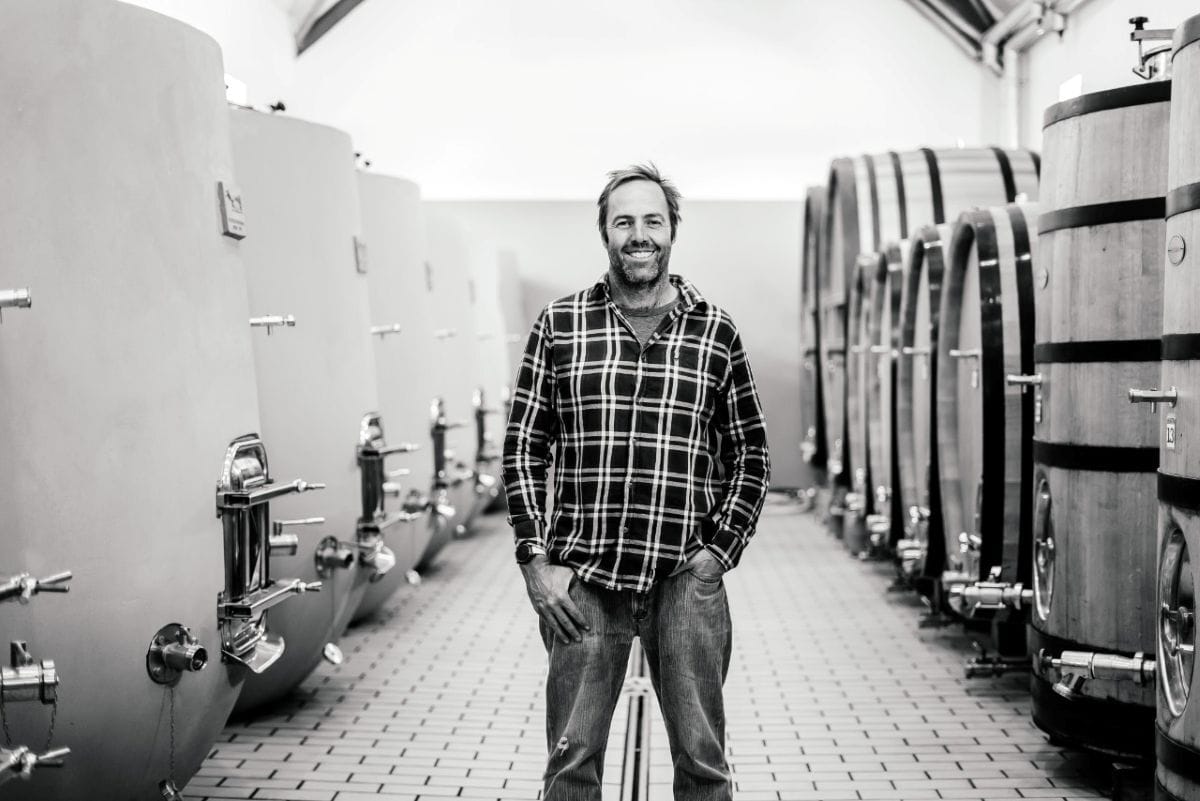
Let’s dive into the stories that have been fermenting since our last newsletter...
When your wines sell faster than Rolling Stone tickets and customers willingly wait five years to join your community, you've transcended traditional wine marketing. Eben Sadie didn't chase volume or broad appeal—he deliberately limited production to 90,000 bottles annually while building thirteen distinct wine philosophies. His Palladius became South Africa's first unorthodox white blend, proving that authenticity without compromise creates lasting value.
From co-pioneering the Swartland Revolution with four fellow trailblazers (Adi Badenhorst, Chris and Andrea Mullineux, and Callie Louw) to developing allocation systems that prioritise loyalty over profit, Sadie's journey reveals how falling in love with the work—not the idea—builds brands that define entire regions.
Winemakers On Fire relies on word of mouth.
Love Winemakers On Fire? Your wine-loving friends will, too! My passion project spreads through readers like you. Ignite someone else's curiosity—share this issue, and let's grow our community of wine adventurers together!